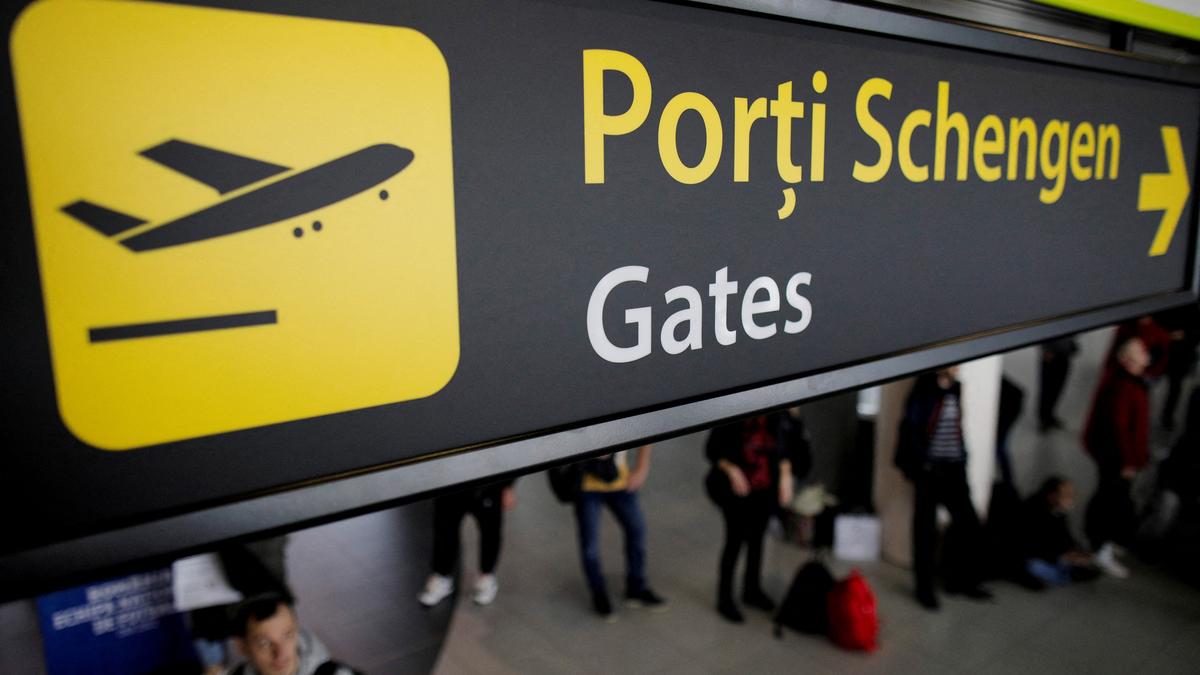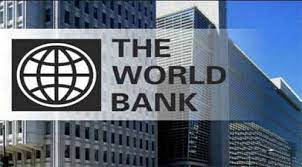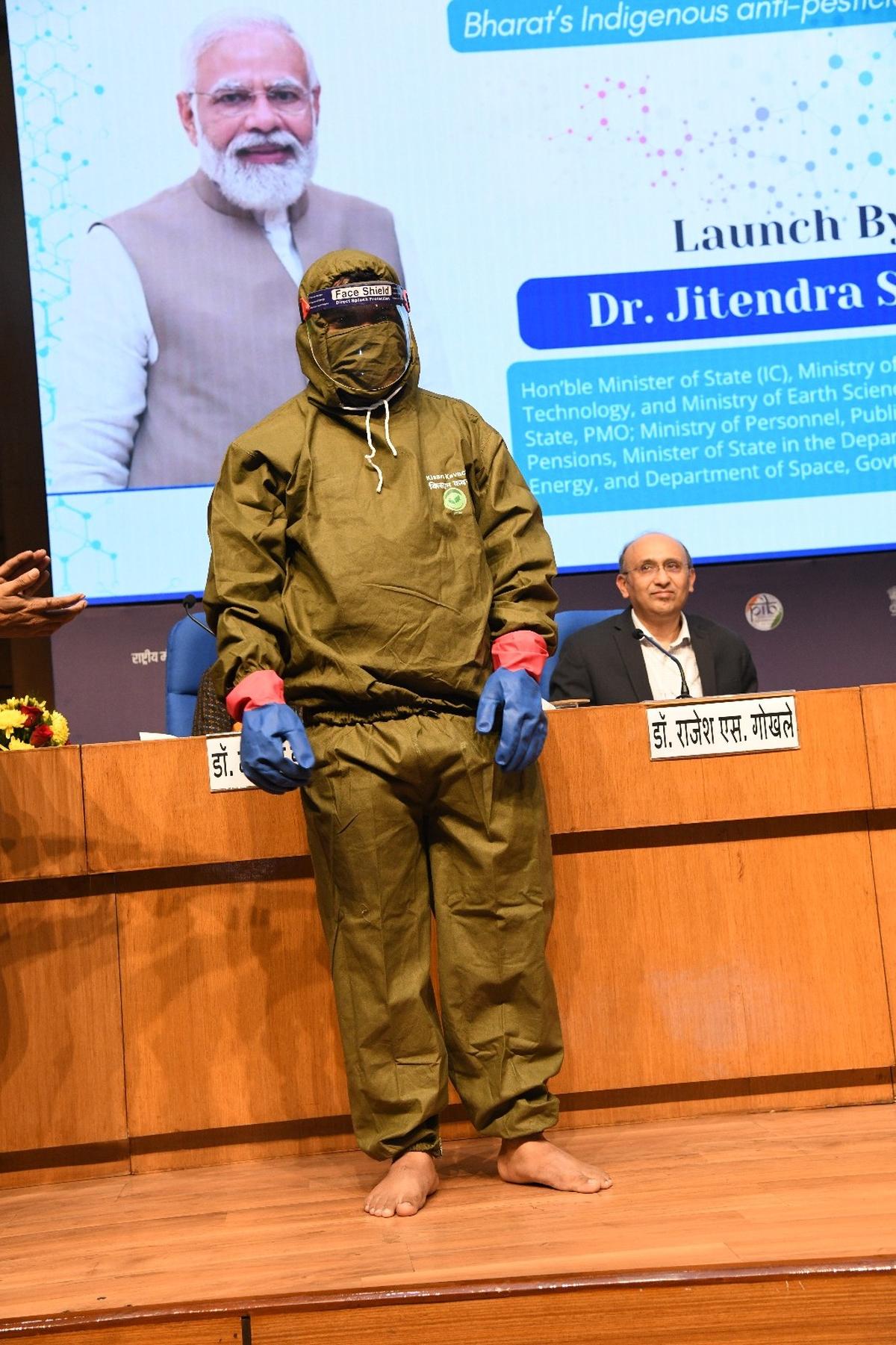Global Multidimensional Poverty Index (MPI) Report 2024

- 18 Dec 2024
In News:
The Global Multidimensional Poverty Index (MPI) Report 2024 was released by the United Nations Development Programme (UNDP) and the Oxford Poverty and Human Development Initiative (OPHI). The report focuses on the theme “Poverty Amid Conflict”, examining the interplay between violent conflict and multidimensional poverty.
Key Findings:
- Global Poverty Levels:
- 1.1 billion people (~18% of the global population) live in acute multidimensional poverty across 112 countries.
- India has the largest number of people living in multidimensional poverty, with 234 million people.
- Multidimensional Poverty Indicators:
- The MPI assesses poverty across three key dimensions:
- Health: Child mortality, malnutrition.
- Education: Years of schooling, school attendance.
- Living Standards: Access to clean water, sanitation, electricity, cooking fuel, housing quality, and ownership of basic assets.
- A person is considered MPI poor if they are deprived in one-third or more of the weighted indicators.
- The MPI assesses poverty across three key dimensions:
- Impact of Conflict:
- Countries experiencing violent conflict exhibit higher deprivations across all 10 MPI indicators when compared to non-conflict nations.
- 40% (455 million people) of those living in poverty are in conflict-affected regions. These regions include active war zones, fragile states, and areas with low peace.
- Child Poverty:
- 584 million children (27.9% of all children globally) are living in extreme poverty, highlighting the disproportionate impact on the younger population.
- In contrast, 13.5% of adults are living in extreme poverty.
- Regional Distribution:
- The regions with the highest poverty rates are Sub-Saharan Africa and South Asia, which together account for 83.2% of the global poor.
- Rural Poverty: A majority of the poor (83.7%, or 962 million people) live in rural areas, with 70.7% of the poor concentrated in rural parts of Sub-Saharan Africa and South Asia.
- Countries with the Highest Poverty:
- India: 234 million people.
- Pakistan: 93 million people.
- Ethiopia: 86 million people.
- Nigeria: 74 million people.
- Democratic Republic of the Congo: 66 million people. These five countries account for 48.1% of the global poor.
- Poverty Amid Conflict:
- The report underscores that 2023 witnessed the highest number of conflicts since World War II, leading to the displacement of 117 million people due to violent conflicts and other factors like natural disasters.
- Conflict zones continue to experience higher poverty, as nearly 40% of the world's poorest people live in these areas.
India's Poverty Situation:
- India's Poor Performance:
- India has 234 million people living in multidimensional poverty, making it the country with the largest share of the global poor.
- Regional Disparities: Poverty rates in rural areas remain high due to poor infrastructure, limited economic opportunities, and underdeveloped services outside of agriculture.
- Poor Nutrition: Malnutrition, especially among children, is a significant concern.
- Education: The quality of education remains subpar, especially in government-run schools, affecting learning outcomes.
- Water and Sanitation: Inadequate access to clean drinking water and sanitation is prevalent, especially in rural areas.
- Economic Setbacks: The COVID-19 pandemic worsened the economic situation, leading to job losses and reduced incomes.
Government Initiatives for Poverty Alleviation:
- National Food Security Act (NFSA): Provides subsidized food grains to 67% of India's population, targeting rural areas (75%) and urban areas (50%).
- Pradhan Mantri Ujjwala Yojana (PMUY): Aims to provide LPG connections to women from Below Poverty Line (BPL) families.
- Ayushman Bharat: Health insurance coverage up to ?5 lakh per family, designed to protect against catastrophic healthcare costs.
- POSHAN Abhiyaan: Focuses on reducing malnutrition, particularly among children, adolescent girls, pregnant women, and lactating mothers.
- Right to Education Act (RTE): Guarantees free and compulsory education for children between 6 and 14 years.
- Swachh Bharat Mission: Works to ensure universal sanitation coverage, including the construction of toilets and promoting cleanliness.
Schengen Zone Membership

- 18 Dec 2024
In News:
Recently, the European Union (EU) cleared Bulgaria and Romania for full membership in the Schengen Zone, effective January 1, 2025. This marks the end of a 13-year wait for these Eastern European nations, which joined the EU in 2007.
Key Highlights:
- Schengen Integration: Until now, Bulgaria and Romania were partially integrated into the Schengen Zone, with air and sea travel without border checks since March 2024. However, land border controls were still in place due to Austria's objections, mainly due to concerns over migration and border security.
- Austria's Shift: Austria had blocked full entry for years but finally lifted its veto on December 9, 2024, after a border protection package was agreed upon. This package includes joint border guard deployment at the Bulgarian-Turkish border and temporary land border controls for six months.
Schengen Zone Details:
- What is the Schengen Zone?
- Created by the Schengen Agreement (1985) and the Schengen Convention (1990), it is the world’s largest area without internal border controls, allowing free movement across most EU countries and some non-EU countries. It currently includes 29 countries (25 EU states and 4 non-EU countries: Iceland, Liechtenstein, Norway, and Switzerland).
- Key Features:
- Free Movement: Over 425 million people can travel freely within the zone without border checks.
- Uniform Visa Policy: Short-term stays of up to 90 days are allowed for tourists and business travelers from outside the Schengen Area.
- Cross-Border Cooperation: The Schengen Information System (SIS) facilitates security and border management by sharing critical data between countries.
- Temporary Border Controls: Countries can temporarily reintroduce border controls for security reasons, after notifying other member states and the European Commission.
Bulgaria and Romania
- Bulgaria:
- Capital: Sofia
- Location: Southeastern Europe, bordered by the Black Sea, Romania, Turkey, Greece, North Macedonia, and Serbia.
- Political System: Parliamentary Republic
- Romania:
- Capital: Bucharest
- Location: Bounded by Ukraine, Moldova, Black Sea, Bulgaria, Serbia, and Hungary.
- Political System: Semi-Presidential Republic
Implications of Full Schengen Membership:
- Security and Unity: Romania and Bulgaria's full integration into the Schengen Zone is seen as a boost to both EU security and unity. It solidifies the EU's commitment to free movement while enhancing border security across Europe.
- Impact on Migration: With Bulgaria and Romania’s full membership, the EU’s border management system will be more integrated, helping to address ongoing migration challenges.
World Bank Report on Poverty in India

- 18 Dec 2024
In News:
The World Bank has set a clear mission: ending extreme poverty and boosting shared prosperity on a livable planet. This new edition of the biennial series, previously titled Poverty and Shared Prosperity, assesses the three components of the mission and emphasizes that reducing poverty and increasing shared prosperity must be achieved without high costs to the environment.
Extreme Poverty in India:
- Current Poverty Status (2024):
- 129 million Indians are living in extreme poverty, defined as earning less than $2.15 (?181) per day.
- This marks a significant improvement from 431 million in 1990, demonstrating progress in poverty alleviation.
- Poverty Trends:
- In 2021, there was a reduction of 38 million people in extreme poverty, bringing the total to 167.49 million.
- However, higher poverty standards (set at $6.85 (?576) per day) now show more Indians below the poverty line than in 1990, mainly due to population growth.
- Survey Methodology:
- The 2022-23 Household Consumption and Expenditure Survey (HCES) in India used the Modified Mixed Reference Period (MMRP) method to improve data accuracy.
- The report suggests the need for careful analysis of the survey data, which may impact future poverty estimates.
Global Poverty Trends:
- Slowdown in Poverty Reduction:
- Global poverty reduction has slowed considerably, with 700 million people (8.5% of the global population) living in extreme poverty in 2024.
- The slowdown is attributed to factors like low economic growth, the COVID-19 pandemic, and increased fragility.
- Challenges in Achieving Targets:
- The global extreme poverty rate is expected to be 7.3% in 2030, which is double the World Bank's target of 3%.
- At current rates, extreme poverty eradication by 2030 is unlikely. It could take decades to eradicate extreme poverty, and over a century to lift people above the $6.85/day threshold.
- Impact of Polycrisis:
- Polycrisis refers to the confluence of multiple crises—slow growth, climate risks, and increased uncertainty—making global poverty reduction more challenging.
- Global prosperity has also been impacted, with slower income growth, particularly after the pandemic.
India's Role in Global Poverty Reduction:
- Contribution to Global Poverty:
- India’s contribution to global extreme poverty is expected to decline significantly over the next decade. However, even if India eradicates its extreme poverty by 2030, the global extreme poverty rate would only fall from 7.31% to 6.72%, still above the UN SDG target of 3%.
Proposed Pathways for Addressing Poverty:
- Faster and Inclusive Growth:
- Focus on increasing labor productivity, income, and employment to boost economic growth inclusively.
- Climate Resilience:
- Strengthen risk management and mitigation efforts to protect vulnerable populations from climate shocks, ensuring that growth does not worsen environmental degradation.
Global Priorities:
- Low-Income Countries: Prioritize poverty reduction through investments in human, physical, and financial capital to foster growth.
- Middle-Income Countries: Focus on inclusive income growth that reduces vulnerability, and seek synergies such as cutting air pollution alongside poverty reduction.
- High-Income Countries: Accelerate climate mitigation efforts while managing the transition costs involved.
Cyclone Chido
- 18 Dec 2024
In News:
Cyclone Chido makes landfall in Mozambique after leaving trail of destruction in French-administered Mayotte.
About Cyclone Chido:
- Location and Impact:
- Cyclone Chido struck Mayotte, a French overseas territory in the Indian Ocean, in December 2024.
- It is the strongest storm to hit Mayotte in at least 90 years.
- Cyclone Characteristics:
- Wind speeds exceeded 200 km/h (124 mph), with gusts surpassing 225 km/h (140 mph).
- The cyclone caused significant devastation to the region, prompting expressions of condolences from global leaders.
- Cyclone Classification:
- According to the Indian Meteorological Department (IMD), cyclones are classified based on wind speed:
- Depression: 31–49 km/h
- Deep Depression: 50–61 km/h
- Cyclonic Storm: 62–88 km/h
- Severe Cyclonic Storm: 89–117 km/h
- Very Severe Cyclonic Storm: 118–166 km/h
- Extremely Severe Cyclonic Storm: 167–221 km/h
- Super Cyclonic Storm: Above 222 km/h
- Cyclone Chido was classified as a Super Cyclonic Storm, based on its wind speeds exceeding 222 km/h.
- According to the Indian Meteorological Department (IMD), cyclones are classified based on wind speed:
About Mayotte:
- Geography:
- Mayotte is an archipelago in the Mozambique Channel, between Madagascar and the coast of Mozambique.
- It consists of two main islands: Grande Terre (the larger main island) and Petite Terre (the smaller island of Pamandzi).
- Political and Economic Context:
- Mayotte is an overseas department of France, and it is the poorest territory in both France and the European Union.
- France colonized Mayotte in 1843 and annexed the entire Comoros archipelago in 1904.
- A 1974 referendum showed that 95% of Comoros voters favored independence, but 63% of Mayotte's population voted to remain part of France. Subsequently, Grande Comore, Anjouan, and Moheli declared independence in 1975.
- Mayotte remains administratively under French governance.
- Biodiversity:
- Mayotte is renowned for its rich biodiversity, particularly for having one of the world’s largest enclosed lagoons.
Cyclones
- What is a Cyclone?
- A cyclone is a large-scale, rotating system of air that forms around a low-pressure area, bringing violent storms and extreme weather conditions.
- In the Northern Hemisphere, cyclones rotate anticlockwise, while in the Southern Hemisphere, they rotate clockwise due to the Coriolis effect.
- Tropical Cyclone Characteristics:
- Calm Centre (Eye): The cyclone’s center, or "eye," experiences relatively calm weather with low air pressure.
- High Wind Speed: Cyclones generally have average wind speeds around 120 km/h.
- Closed Isobars: Isobars (lines of equal atmospheric pressure) are tightly packed, leading to high wind velocities.
- Formation Over Oceans: Cyclones typically form over warm ocean waters.
- East-to-West Movement: Influenced by trade winds, cyclones usually move from east to west.
- Seasonal Nature: Cyclones occur during specific seasons based on regional climatic conditions.
Kisan Kavach

- 18 Dec 2024
In News:
Scientists develop ‘kisan kavach’ to shield farmers from pesticide sprays.
Key Highlights:
- Purpose: The Kisan Kavach is designed to shield farm labourers from harmful pesticide exposure. Pesticides, often neurotoxins, can be detrimental to health, causing symptoms like dizziness, headaches, vomiting, and even death with high exposure.
- Development:
- Developed by Biotechnology Research and Innovation Council (BRIC-inStem), Bangalore, in collaboration with Sepio Health Pvt. Ltd.
- Launched by Union Minister of State for Science and Technology.
- Fabric Technology:
- The suit uses oxime fabric, which chemically breaks down common pesticides on contact, preventing them from penetrating the skin.
- Mechanism: The fabric works through nucleophilic mediated hydrolysis, deactivating pesticides upon contact and preventing pesticide-induced toxicity and lethality.
- Components of the Kit:
- Consists of a trouser, pullover, and face-cover.
- Washable and reusable: The suit retains its protective properties even after 150 washes, in a wide temperature range, and under UV light exposure.
- Affordability:
- Priced at ?4,000 per kit, with efforts underway to reduce costs through increased production.
- Field Testing and Efficacy:
- Animal studies: Rodent tests showed that animals exposed to pesticides and covered with ordinary cotton cloth died within four days, while those with the activated fabric remained safe.
- Human trials are still pending.
- Health Implications:
- Pesticides are linked to chronic health issues, including cancer, as per studies by the National Institute of Nutrition (Indian Council of Medical Research).
- Global Context:
- In 2020, India used 61,000 tonnes of pesticides, despite producing much more (2,58,130 tonnes in 2022-2023).
- Pesticide-related health issues are a major concern, with 60% of India’s adult workforce engaged in agriculture.
- Impact:
- The suit aims to protect farm labourers from pesticide exposure and promote sustainable agriculture.
- It could help reduce health complications and improve working conditions for farmers, who often lack proper protective gear.
- Future Plans:
- Awareness campaigns will be conducted to inform farmers about this protective technology.
- Efforts are underway to make the kit more affordable as demand increases.
